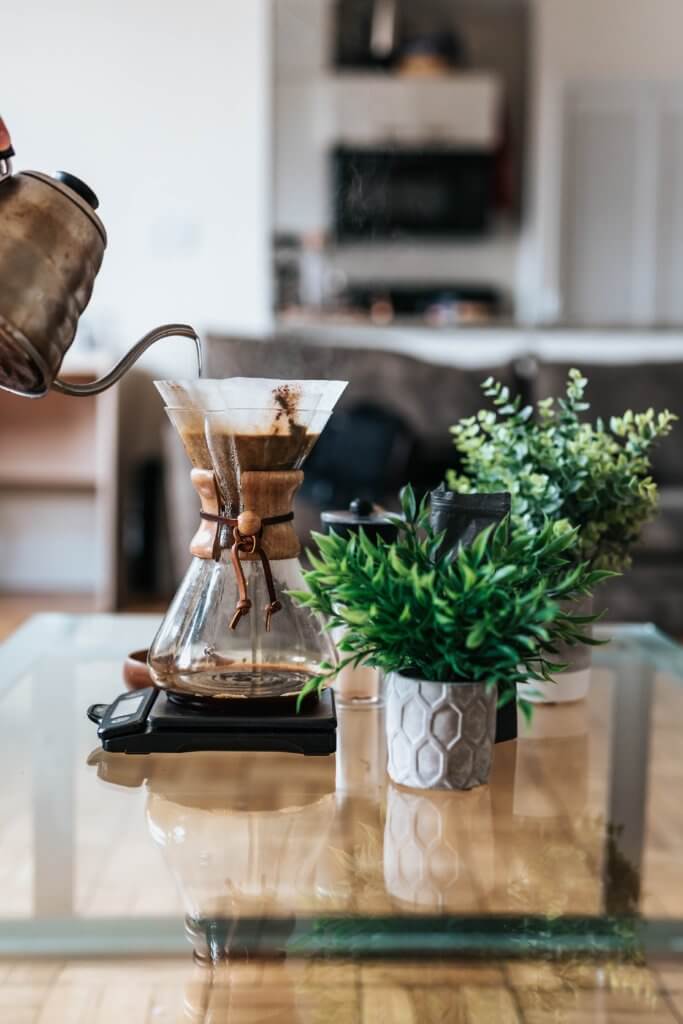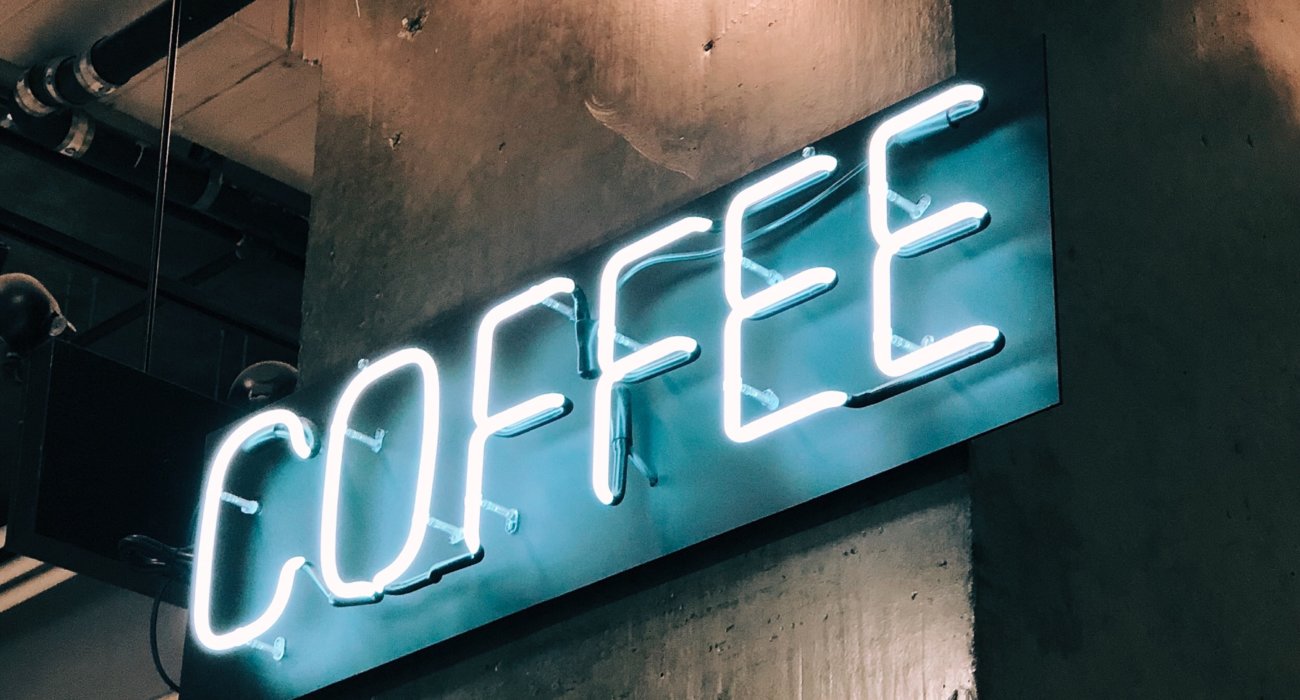Whether your morning cup of coffee is the motivational fuel that gets you through the workday or a cherished ritual that sets the tone for a relaxed weekend, there’s nothing more frustrating than finding your coffee machine on the fritz when you need it most. From blockages and leaks to electrical issues, there can be numerous reasons why your coffee machine is not working as expected. Fortunately, many common coffee machine issues are easy to diagnose and fix.
Common Coffee Machine Problems and Their Causes
1. The Machine Doesn’t Power On
If your coffee machine isn’t turning on, the first thing to check is the power supply[^1^]. Ensure the machine is plugged in and the outlet is working. If everything looks fine but the machine still won’t power up, it may have a blown fuse or a faulty power cord.
2. The Machine Doesn’t Brew
If your coffee machine is powering on but not brewing, the culprit might be a blocked water line or heating element. Mineral buildup from hard water can clog these components, preventing the water from reaching the right temperature or flowing into the brew basket[^2^].
3. The Coffee Tastes Bad
Poor-tasting coffee can result from a variety of issues, from using the wrong grind or coffee-to-water ratio to a dirty machine. Regular cleaning is crucial for maintaining the quality of your brew[^3^].
4. The Machine Leaks
Leaks usually indicate a loose connection or a faulty seal somewhere in your machine. The location and amount of the leak can help you identify the source of the problem.


How to Fix Your Coffee Machine
Before trying to fix your coffee machine, always consult the user manual and follow any troubleshooting steps provided by the manufacturer. Here are some general steps to resolve the common issues outlined above.
1. The Machine Doesn’t Power On
If your coffee machine isn’t turning on, try plugging it into a different outlet. If that doesn’t work, the problem could be more complex, and you may need to contact the manufacturer’s customer care team who will activate an alert to the relevant engineer or operative to visit the site and resolve the issue using remote fault tracking technology.
2. The Machine Doesn’t Brew
For a machine that doesn’t brew, start by checking for blockages. If you find any, clean the machine thoroughly, using a descaling solution if necessary. For bean-to-cup machines like the SMARTQUBE X series, ensure the beans are not over-packed and that the grinder is functioning correctly.
3. The Coffee Tastes Bad
If your coffee tastes off, try adjusting the grind size or the amount of coffee you use. Also, ensure you’re using fresh, good-quality beans or grounds. A regular cleaning schedule can help maintain the quality of your coffee.
4. The Machine Leaks
If your machine is leaking, try to identify where the leak is coming from. Tighten any loose connections, and if you suspect a faulty seal, contact a professional.
Conclusion
Dealing with a malfunctioning coffee machine can be frustrating, but with a bit of troubleshooting, many common issues can be resolved quickly. Regular maintenance, like cleaning and descaling, can prevent many problems before they start.
If you are looking for quality coffee machines for your home or office, companies like Refreshment Systems offer a range of options, from bean-to-cup machines to traditional barista-style machines. Furthermore, they also provide maintenance and repair services, ensuring that your coffee machine remains in optimal working condition.
However, always remember that this guide is intended to provide general advice. Always consult with a professional for issues related to your specific coffee machine model.
[^1^]: Troubleshooting Tips for Common Coffee Maker Problems
[^2^]: Why Your Coffee Tastes Bad (And How to Fix It)
[^3^]: How to Clean a Coffee Maker for the Best Tasting Coffee




